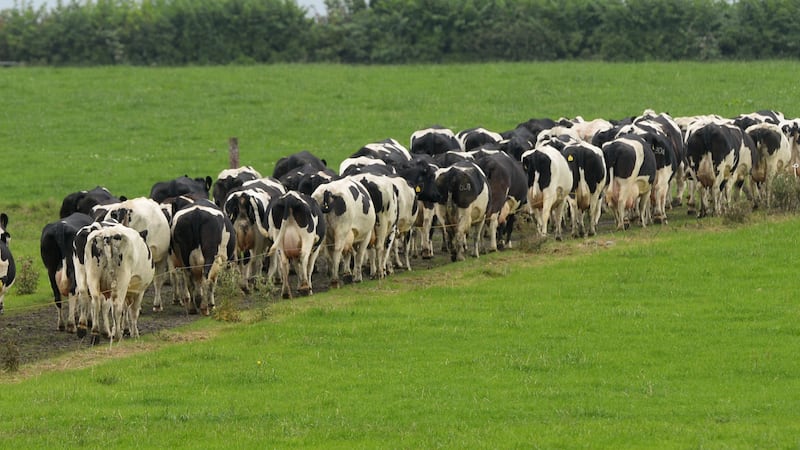Adoption of much more ambitious national targets means the all-Ireland electricity grid will soon need to be able to cater for almost 100 per cent renewables at any one time, according to EirGrid chief executive Mark Foley.
The likely adoption of an overall 70 per cent target of power from renewables by 2030 would require such capacity in the system, and a "huge re-architecturing" of the grid by that time, he told the spring conference of the Irish Wind Energy Association (IWEA).
He was confident this was possible through partnership with the ESB and collaboration with all stakeholders – and no country in the world would have as good a transmission and distribution system as a consequence.
It was only a matter of time before there would be no coal, oil or peat on the system. “The only question is when.” Similarly, carbon would be increasingly taxed.
With a 680 per cent increase in electric vehicle sales in January, “something has clicked” with consumers recognising the need to respond to climate change, he added.
Wind resources
Ireland was about to benefit from its offshore wind resources, by availing of the cheapest development costs in western Europe available in the Irish Sea, while solar was coming, though it may be "less on the industrial side and more on the distribution side".
In 2018, wind energy met a record 29 per cent of Irish electricity demand, the IWEA confirmed in its yearly review ("the second highest in Europe and the highest in onshore wind"), while Ireland surpassed industry leaders Denmark in generating more onshore wind.
During the year, 19 onshore wind farms were built, while the record for the most wind on the all-Ireland grid at any one time was broken three times. In January last year wind energy provided more electricity than gas over a full month; a feat repeated last month.
IWEA chief executive Dr David Connolly said wind energy was "driving down electricity costs for consumers, cutting millions of tonnes of CO2 emissions and securing a homegrown energy future that doesn't depend on importing fossil fuels."
The figures reinforced the importance of building on “years of hard work and innovation that have made Ireland a wind energy leader”. The market, however, would have to double over the next decade if Ireland was to decarbonise and meet its targets.
The technology and the resources are there to deliver Ireland's green energy future
“A strong policy framework, support from EirGrid and ESB Networks, and the efforts of our members have delivered for Ireland. Projects developed over the last 20 years have not just been good for the environment, they have been good for consumers and have driven down the wholesale price of electricity,” Dr Connolly added.
Shape the sector
Critical decisions were being made to shape the sector for the next decade. “The technology and the resources are there to deliver Ireland’s green energy future, with wind energy playing the key role as our country’s main source of renewable electricity.”
Alongside other renewable technologies such as solar, batteries and greater interconnection, wind could help provide 70 per cent of our electricity by 2030, Dr Connolly said.
Fianna Fáil spokesman on climate action Timmy Dooley said increasing wind generation was particularly important in decarbonising Ireland. This would help force down the price of electricity, provide an opportunity for rural communities and help provide renewable energy to multinationals including data centres.
He wished to emphasise the opportunities from addressing climate change, but the scale of missed targets for 2020 was shocking, with latest estimates from the Department of Finance indicating Ireland faced "compliance costs" of up to €6 billion by 2030, which was "so wasteful of public money". Government investment in renewables was "the way to counter this".
Difference of opinion
While there may be a difference of opinion on carbon tax, the all-party Climate Action Committee report, due out shortly, would in effect set the policy framework on climate and energy that future governments would have to act on over the next 10 to 15 years. Mr Dooley was confident a 70 per cent renewable electricity target would be agreed.
On carbon tax, he said Sinn Féin were all for tackling climate change but not carbon tax, while smaller parties were “playing to a populist agenda”. Other parties understood the need to address the price of carbon, he added.
While citizens were scared about climate change, there was a stronger appetite for action in moving away from fossil fuels, but “it requires a significant policy shift by the Government”.
















